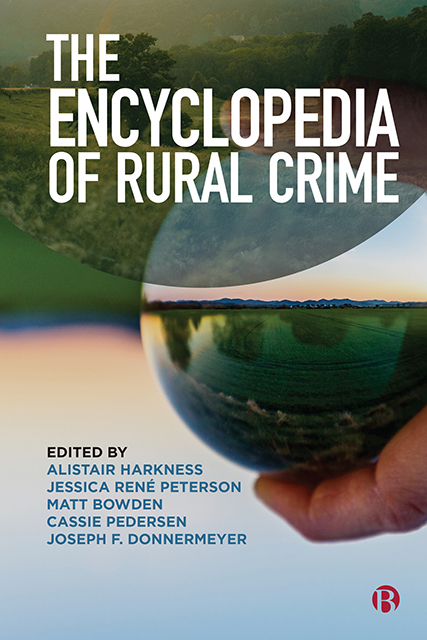Book contents
71 - Lifestyle and Amenity Migration
Published online by Cambridge University Press: 20 June 2023
Summary
Across the world, there has been a push for those within the middle-classes to seek out places that are distinct from urbanity in regional, rural and coastal townships. Defined in the social sciences as ‘lifestyle and amenity migration’, this transnational and internal migratory phenomenon often involves a counter-urbanization trend.
Migrants feel as though their city lives are unfulfilling, inauthentic and time-consuming. There is also a feeling that cities are risky, polluted and unhappy places to live in. In contrast, migrants feel pulled towards areas that are considered pristine, spacious, natural and slower. They are also drawn to communities that they perceive of as warm, friendly and hospitable. Such narratives of these places are built through cultural themes that have emerged throughout modernity (see Benson and O’Reilly, 2009). As such, much of the literature on this phenomenon shows that desires to move are sparked in an individual’s imaginations well before the actual shift.
This migratory phenomenon is both transnational and internal. Several research projects have shown how British people leave behind what they consider to be dreary and stressful lives in the urban cities of the United Kingdom to set up new lives in rural France or coastal Spain (see Benson, 2011). Others have shown how Europeans, facilitated by the mobility allowed by the European Union, will move transnationally, seeking out new spaces in areas such as rural Sweden, Germany, Italy and Turkey. Furthermore, there is evidence of people seeking out new lifestyles from North America into Central and South America, as well as Europeans moving into East and South-East Asia, Australia and New Zealand. Significant research has shown shifts internally in places such as Canada, the United States, Australia and China as people move away from large cities into small townships (see Gosnell and Abrams, 2011).
This movement comes with certain unintended consequences. Researchers have shown that rising in-migration creates incentives for local governments to increase development, creating pressure on environments. These can include issues of water security, inappropriate development that scars landscape, increased risks of exposure to natural disasters such as wildfires and other pressures on local infrastructure including energy and sewerage.
- Type
- Chapter
- Information
- The Encyclopedia of Rural Crime , pp. 284 - 286Publisher: Bristol University PressPrint publication year: 2022

